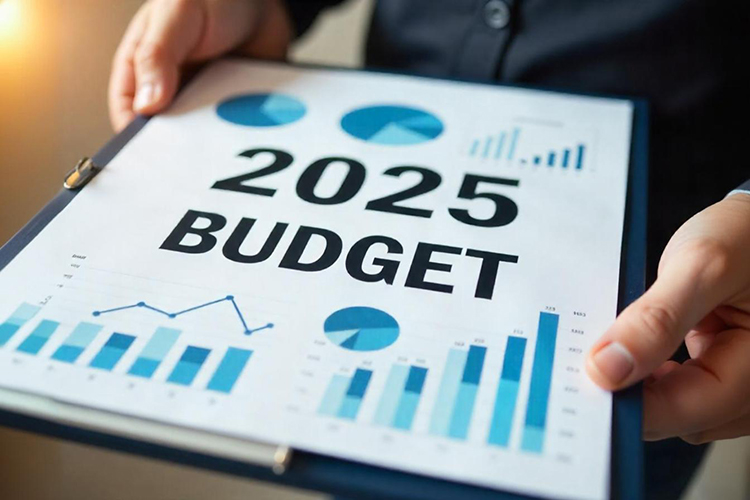This week, Treasurer Jim Chalmers handed down Labor’s fourth Federal Budget, largely focused on easing cost-of-living pressures, modest tax cuts, housing affordability, and continued support for Medicare and education. Below is a summary of key proposals and our take on what they could mean for your financial situation.
Personal Taxation
Personal Income Tax Cuts
From 1 July 2026, the 16% marginal tax rate (on income between $18,201 and $45,000) will reduce to 15%, then to 14% from 1 July 2027.
Our take
While modest in dollar terms (up to $536 a year from 2027), these cuts do improve after-tax cash flow for low-to-middle-income earners.
Medicare Levy Low-Income
Thresholds From 1 July 2024, thresholds increase to ensure low-income individuals and families remain exempt or pay less Medicare levy.
Our take
A routine adjustment, but helpful in preventing unintended tax creep.
Cost of Living
Energy Bill Relief
An additional $150 (two $75 quarterly credits) will be provided to eligible households and small businesses from 1 July 2025.
Our take
While not a game-changer, this offers some relief as energy prices remain elevated.
Cheaper Medicines
PBS general co-payment reduced from $31.60 to $25.00 from 1 January 2026. Concession holders remain at $7.70.
Our take
A welcome change for those managing chronic conditions or multiple prescriptions.
Cutting Student Debt
From 1 June 2025, a one-off 20% reduction to all HELP/student loan balances. From 1 July 2025, the income threshold for compulsory repayments rises from $54,435 to $67,000.
Our take
A significant win for younger professionals and families — particularly where one partner may have paused repayments during parental leave or part-time work. This gives that bit more breathing room and improves household cash flow.
Superannuation
Tax Integrity Measures
From 1 July 2026, an additional $50M allocated to the ATO to help ensure timely super payments by employers.
Our take
Employers will face more pressure to meet super obligations on time. Employees, especially in smaller businesses, should check that their SG contributions are being paid regularly. We’ll continue to monitor changes here.
Housing & Property
Help to Buy Program Government equity contribution scheme expands, with income caps rising to $100,000 for singles and $160,000 for couples, and higher property price thresholds.
Our take
Potentially helpful for adult children or some of you trying to enter the housing market. As always, shared equity arrangements require careful consideration and advice.
Foreign Ownership Restrictions
From 1 April 2025, foreign persons will be banned from purchasing established dwellings for two years.
Our take
This aims to cool demand-side pressure, but it’s unlikely to shift property prices meaningfully in the short term. It does show the government’s intent to prioritise domestic ownership and affordability.
Social Security & Aged Care
Childcare Subsidy – 3-Day Guarantee
From 1 January 2026, every child will be eligible for three days per week of subsidised care, regardless of parent work/study status.
Our take
A shift towards universal early childhood education. For clients juggling part-time work or transitioning back into the workforce, this could offer real cost savings and flexibility.
No update on deeming rate freeze
Despite speculation, the budget was silent on extending the deeming rate freeze (currently set to end 30 June 2025).
Our take
If deeming rates lift post-June, many Age Pension recipients could see a reduction in benefits. We’ll monitor this closely.
Final Thoughts
While there were no sweeping changes this year, the budget offers targeted wins for low- to middle-income Australians, students, renters, and families — all wrapped in a narrative of affordability and stability.
As always, we’re happy to walk through these changes with you and ensure your strategy remains aligned with your objectives.
If you have any questions or need further assistance, please don’t hesitate to reach out or book a virtual coffee.

